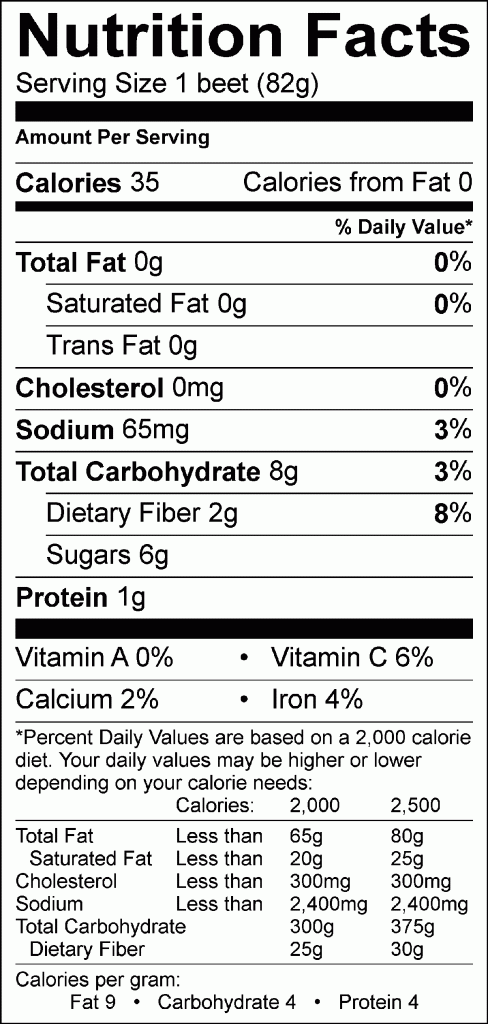What we find most enticing about this root vegetable is the link between consumption and leading longer and healthier lives. This linkage started with the Russians, who are known for their love of beets. They eat beets every way – but surely you’ve heard of the legendary Russian soup? This proud culture swears by beets and their history of protecting from cancerous growth, heart disease, longevity, overall health benefits, etc.
Beets go back in ancient history – no really, ancient Romans are linked to growing beets and using the roots as food. Although prior to that, it was much more common to eat the beet greenery rather than the roots – who knew? Invaders into Rome are said to have caused the spread of beets throughout Europe. It wasn’t until around the 19th century that beets made their way to the United States. We’re sure glad they did.
Have you ever heard elders warn of beet stains? No? Okay, well we have. Beets are no joke when it comes to their vibrant color and staining ability. What gives this rich color to the vegetable are betalains. You may have also heard that beets can vary in pigmentation due to these betalains, and come in light red, dark red, purple-red – even yellow!
One very interesting ideal about beets is that they are known for their detoxification abilities. All you juicers, listen up! It’s the betalain pigments in the beet vegetable that are linked to detoxing in the body. This is a process done by removing toxins and helping them become water-soluble so they are readily able to exit your body. This is often why you see fresh beet juice in health food stores – any fond detox juicer knows beets are where it’s at!
What should you look for when purchasing your beets? Be sure to look for beets that are small in size, don’t have rough skin and look healthy in color. It is not recommended to buy beets that are bruised or spots on them, as they are a sensitive vegetable. Some people like beets for the greenery – others like beets for the root. It is suggested to pick the vegetable based on which you prefer. If you are going to eat the greens, you want them to indicate health with a fresh appearance and color. On the other hand, if you are just going to discard the greens, which don’t reflect the root’s health, it doesn’t matter so much if the greenery isn’t fresh. You’re still good to go!




